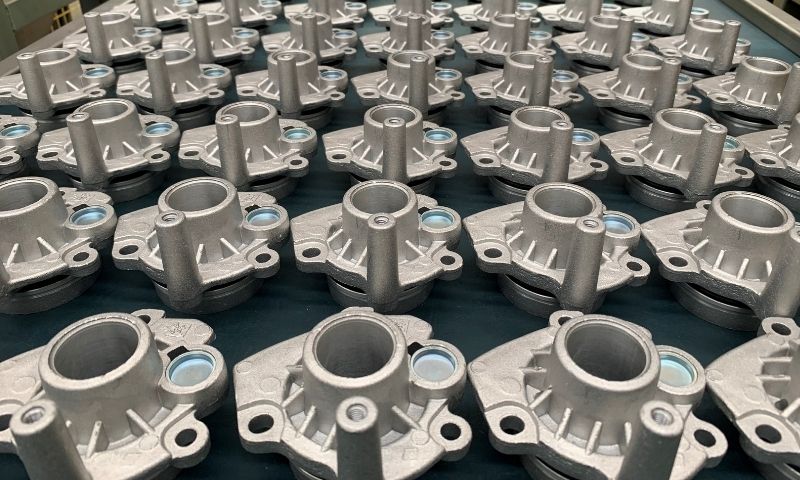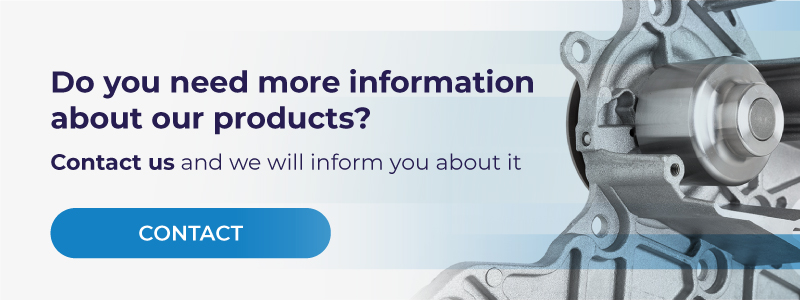The products and services in the automotive aftermarket sector are a key component of the overall automotive industry, adding up to around 20% of the total automotive revenues according to Goldstein Research.
However, the entire automotive industry has been recently amongst the most exposed verticals to the ongoing COVID-19 outbreak and is currently still amidst unprecedented uncertainty.
This post addresses the effects of the COVID-19 crisis in the aftermarket, together with the opportunities posed for players in the industry.
Initial impacts of the Covid-19 crisis on the automotive aftermarket sector
Prior to the outbreak of the COVID-19 pandemic, the €226 billion European aftermarket auto parts business enjoyed a decade of high margins and steady growth in a stable environment, according to a report published by the Boston Consulting Group. Now the industry must prepare to recover from multiple fronts.
Disruption in the global supply chain
COVID-19 has had a significant impact on the supply chain and product demand in the automotive aftermarket sector. This has been triggered by lack of supplies and the breakdown of its own supply model.
For a long time, the automotive industry has been weaving complex global-scale supply chains based on maximum efficiency, rigorous punctuality and the supply of just-in-time parts. This just-in-time model, which had generated a competitive advantage for aftermarket providers, has caused problems in the distribution side of this sector.
Slump in demand for aftermarket products
The demand for commercial vehicle parts initially plummeted with the shutdown of all non-essential services. Uncertainty and the decrease of the activity in practically all sectors caused the automotive aftermarket in Europe to invoice -17% less than expected in 2020, according to a study by Mckinsey.
The pandemic has resulted in lower car density, fewer collisions and vehicle users with low incomes delaying avoidable repairs. The consequences of these factors have meant a decrease in traffic for the retail and workshop business, meaning fewer crash-repair jobs and many delays in inspections or discretionary repairs.
Keep reading: Which are the most important vehicle spare parts
Emergence of growth opportunities for the automotive aftermarket sector
Changes in consumer buying behavior in favour of private vehicles
As a result of the pandemic, customers preference has switched from public transport to private transport. A report published by Greenpeace alerts about the tendency in favour of private car use in 2021.
On the other side, financial struggles will hinder the purchase of new vehicles due to budget constraints. Therefore, vehicle buyers are expected to opt for used cars. The increasing sales of used cars is already starting to boost the demand for automotive aftermarket parts.
The domestic economy contraction causing the purchase of new vehicles to suffer a slowdown also increases automobile fleet aging. The higher the average age of the vehicles, the higher the percentage of cars that will need reparation and revisions.
This will also favour especially independent aftermarket players, allowing them to gain market share from original equipment manufacturers (OEM).
Positive forecast for the automotive aftermarket subsector
The automotive aftermarket landscape is gradually and constantly recovering this 2021. Although there is still a long way for the recession to back away and the GDP to settle back to normal, there are positive signs that support the recovery of this sector.
Now that restrictions have been easing, consumers have returned to their previous levels of car usage, even though many are still hesitant to use public transit. Service garages are also reporting that many clients who have been delaying maintenance in the last few months are now back and demanding more services than previously.
Significant increase in digital channels and e-commerce volumes
The lack of stock on the side of automotive aftermarket suppliers and the boost of e-commerce and online purchase volumes has resulted in more end-consumers shopping for vehicle parts online.
E-commerce players have therefore gained market share as end customers limited human contact, but must use their gains to build sufficient scale to compete long-term in the market.
This should not be only about offering an online channel from which to sell car parts. Digital players should ensure a frictionless experience with a responsive process that poses confidence on customers regarding the online shopping experience and the quality of the final products. Only in this way will these buying channels be able to survive.
Future trends of the automotive aftermarket
The automobile industry is observing an increase in the demand for hybrid electric cars in response to the increased prices of petrol and petrol engine-based automobiles, as well as new regulatory restrictions.
At Industrias Dolz we are aware of all the advances in the market to be at the forefront and offer the best products and services to our clients.


